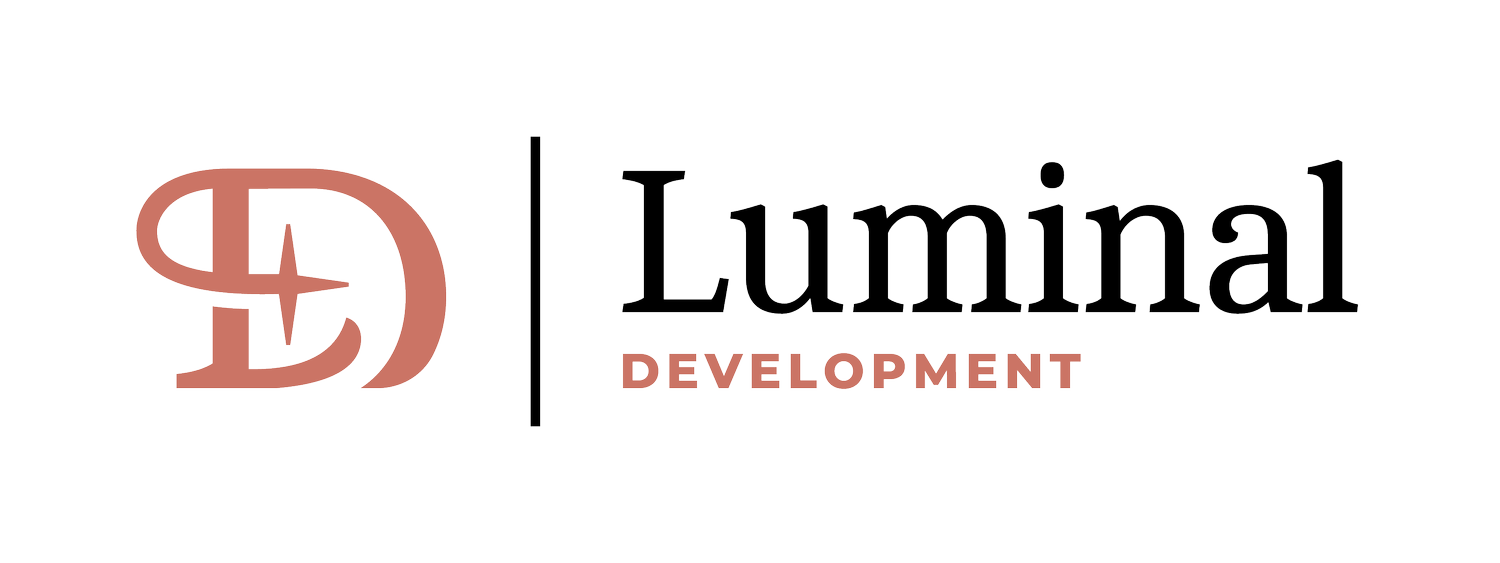A Framework for Forward Momentum
Use the DAKI framework as a means to look backwards to plan forwards
The pause point that will further reflection and garner goal-setting
One of the most important processes we teach leaders and rising leaders is …the pause. In our fast-paced, ever-changing work environments it is all too common to go, go, go to whatever’s next without pausing to reflect on past performance or thoughtfully plan for future goals. The problem is that when we neglect the pause, we also neglect the opportunity to codify our work and learnings for the future.
Enter the DAKI framework - a simple yet incredibly effective tool for structured reflection and forward momentum. DAKI simply stands for:
Drop
Add
Keep
Improve
Each category offers a structured lens for reviewing team processes, behaviors and outcomes. Whether you’re closing out a project or kicking off a new goal-setting cycle, DAKI can help your team evaluate their experiences and set a stronger course toward what’s next.
Applying DAKI with your team
1. Drop - Eliminate what no longer serves the team
During your reflection session, encourage team members to identify tasks, processes, or behaviors that are outdated, unproductive, or unnecessarily draining. Dropping these can free up time and energy for higher-impact activities.
Example: A team may decide to stop using an outdated project management tool that feels too “top down” and hinders collaboration.
Make it work: Frame this as an opportunity for the team to streamline workflows rather than criticize past choices.
2. Add – Introduce new tools, processes, or ideas
Ask the team to brainstorm what they need to succeed moving forward. This could include learning new skills, gaining new resources, or trying new methods of working together. Adding something fresh helps renew energy and enthusiasm.
Example: Teams might decide to implement weekly stand-up meetings to improve communication.
Make it work: Prioritize initiatives that align with strategic goals, and which be integrated smoothly – anything you add needs to be simple and work with your processes!
3. Keep - Reinforce what’s working well
Take time to celebrate what the team is doing right and where good processes and decisions led to wins. Doing so allows teams to maintain consistency and morale, while also building on their strengths.
Example: Acknowledging that providing regular 1:1 feedback during check-ins has led to people feeling more positive about working together.
Make it work: Be specific when identifying strengths, stamping the behaviors or processes that you want to keep doing and/or talking about how you can expand and grow on that strength.
4. Improve: Fine-tune areas that are “not quite there yet”
This step focuses on enhancing existing processes or skills – those that are close to excellence but can use some fine-tuning. Improvement fosters a growth mindset and ensures that teams continuously evolve.
Example: If team meetings are an effective use of time but often run long, commit to using an agenda or put a facilitator in charge of keeping to time.
Make it work: Don’t fix what isn’t broken! This sounds obvious, but it can be easy to move into “fixing” mindset when engaging in reflection; sometimes things really are just fine (see part 3!)
Do you DAKI? Do you want to start?
Leaders who prioritize structured reflection show their teams that growth is a continuous process. By using the DAKI framework, you can help your team let go of the unnecessary, embrace the new and refine what’s already working, all while fostering a culture of learning and adaptability. Try it out and see how a simple pause pushes you forward.


